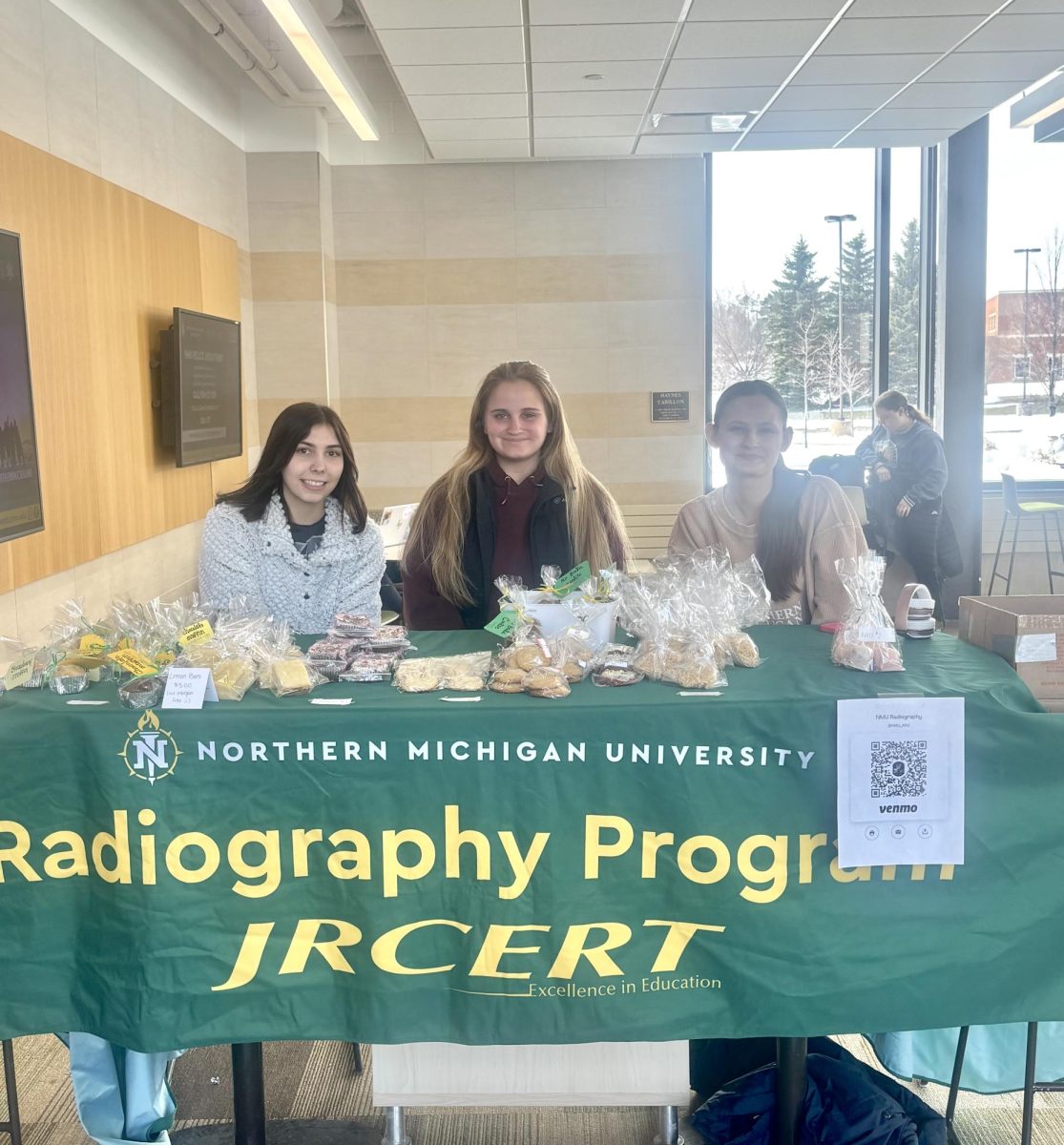Imagine that you’re hungry and have only $5 in your wallet. What’s the solution? For most, it’s McDonald’s, Burger King or another fast food chain. These restaurants offer an inexpensive and quick option for breakfast, lunch, dinner or anything in between. Cheap and fast is a perfect choice, right? Perhaps not.
There is a problem with what restaurants like McDonald’s and Burger King are doing, and it isn’t unhealthy eating. It transcends obesity and animal rights. Instead, it involves the very nature of the food we consume and the way it is produced, processed and prepared. Fast food has changed the way America gets its food, and certainly not for the better. College students are a part of the problem and can just as easily be a part of the solution.
One of the most common things to see on a McDonald’s marquee is their famous claim ‘Over 1 billion served.’ It takes a lot of raw product to serve burgers to a billion people, and the origin of those materials is at the heart of the problem.
Those burgers require beef, which comes from cows, which are raised on farms. Or at least they used to be. Traditionally, beef cattle are fed a grass-based diet and allowed to mature in a pasture. In order to meet increasing demands for beef, large producers switched over to a feedlot format. A feed lot may contain thousands of cows, all living in a relatively confined space. The cattle are fed a corn-based diet that allows them to fatten to slaughter weight in 14 months as opposed to the 18-24 months required for cattle to fatten in pastures.
Unfortunately, cattle are not meant to survive on corn. It can cause digestive issues which leads to the growth of harmful bacteria in the digestive tracts. Despite heavy doses of antibiotics, which are also controversial, cows still develop these bacteria. When those cows are slaughtered and cleaned and turned into ground beef for burgers, some of those bacteria can end up in the final product. According to a 1996 study conducted by the U.S. Department of Agriculture, 7.5 percent of ground beef samples tested contained salmonella. Various other microbes were discovered, including Listeria, which can make people dangerously ill.
One of the most dangerous bacteria for cows to develop is E. coli. A 2000 USDA study found that on average, one percent of cattle contain the E. coli bacteria, and the number could reach as high as 50 percent during the summer. One percent of feedlot cows may not sound like a serious issue, but according to the book Fast Food Nation by Eric Schlosser, one animal infected with E. coli can contaminate 32,000 pounds of ground beef. This is because the ground beef that goes into fast food burgers can contain meat from literally thousands of beef cows.
In the 1996 study, the USDA found that 78.6 percent of the samples contained microbes that are spread primarily by fecal matter. Fecal and bacterial contamination of meat stems from the feedlot format. Cattle stand, eat and sleep in the same area where they eliminate. An average slaughterhouse processes thousands of cows per day, a rate that is not conducive to careful processing. This careless and rushed handling leads to the potential for contamination.
This potential is not simply hypothetical, either. In 1993, there was an outbreak of E. coli in the Western United States after people ate undercooked burgers from Jack in the Box restaurants. Four children died as a result.
It is time for us to examine what we value in our society. Our recent demands for quantity and rapidity have bred a system that inherently puts us at risk. Our search for a quick-fix meal became so desperate that our solution casts aside safety and basic biology. If we want to live in a society where we can feel confident and secure, we need to start changing this system. College students may not have a direct voice in most political forums, but we vote with our dollars. Next time, rethink the fast food burger and show businesses what you value in your food.

























